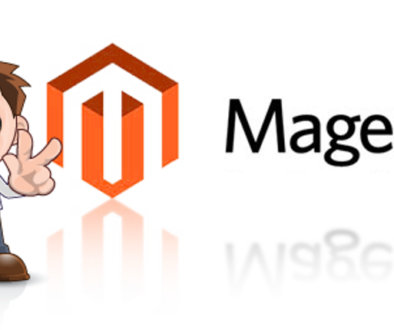Omnichannel Marketing Forever Changing The Buyer’s Journey
 With the rapid growth of digital consumption and what seems like daily proliferation of social media channels, marketers are faced with more choices than ever when considering how they want to reach the consumer.
With the rapid growth of digital consumption and what seems like daily proliferation of social media channels, marketers are faced with more choices than ever when considering how they want to reach the consumer.
With each choice comes a certain amount of risk as marketers choosing to put a heavy investment in one channel may miss the untapped potential of another. This leaves a smaller margin for error as highly informed consumers have become acutely aware of how to seek out information, poll their networks and complete transactions across a plethora of interactive channels.
With this transformation has come a new set of rules, breeding marketers with a hybrid capability to not be just focused on one type of marketing whether it be direct, digital or retail, but rather a marketer that understands experience, and how consumers are seeking ubiquity. From their cell phone to the desktop to an in store visit; we are entering an omni-channel world, where consumers seek an omni-channel experience.
What Is Omnichannel
Besides just being another marketing term or dare I say “Buzzword,” omni-channel is a reflection of the choice that consumers have in how they engage a brand, and therefore is best represented as how brands enable their clients and consumers to use these channels to engage with them.
Whether the purchase experience starts online or via a catalogue, the customer has a plethora of options as to how they may want to move through the buyer’s journey with the brand.
Omni-Channel and The Multi-Path Purchase Experience
According to MIT’s report, “Beyond the Checkout Cart,” more than 80 percent of store shoppers check prices online.
If you think about the above data point, this shows the rapid evolution of omni-channel. Customers are going from screen to store and store to screen as they engage in buying behavior and for many consumers it doesn’t start and stop there.

